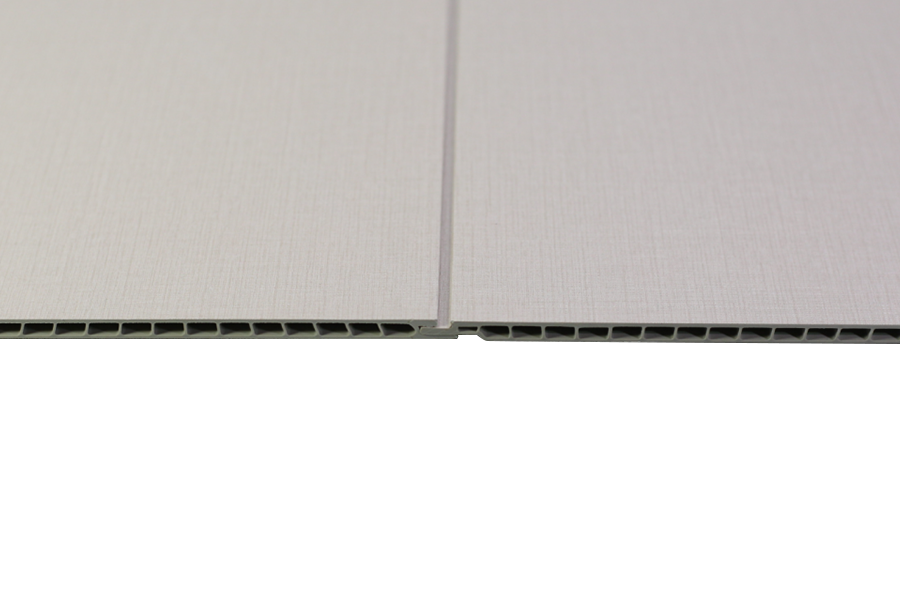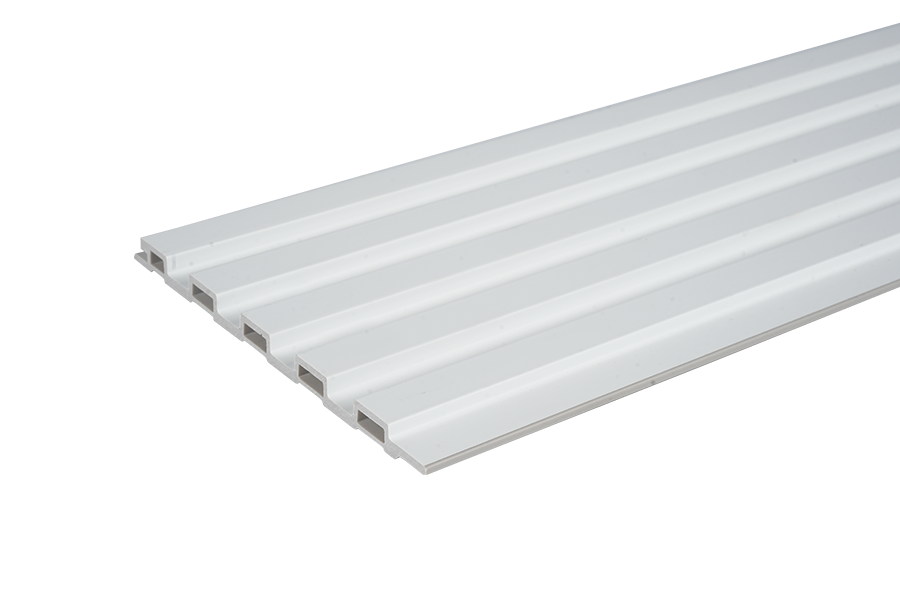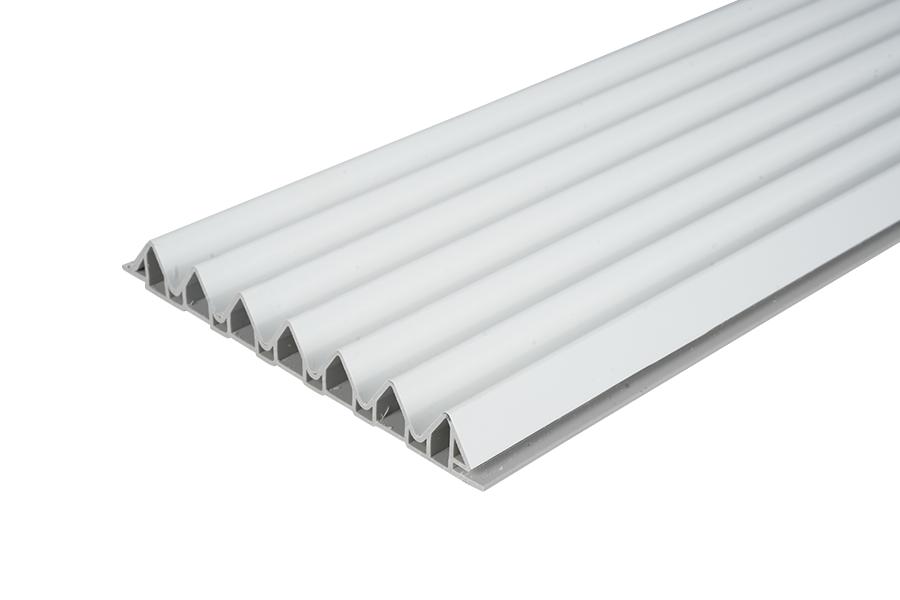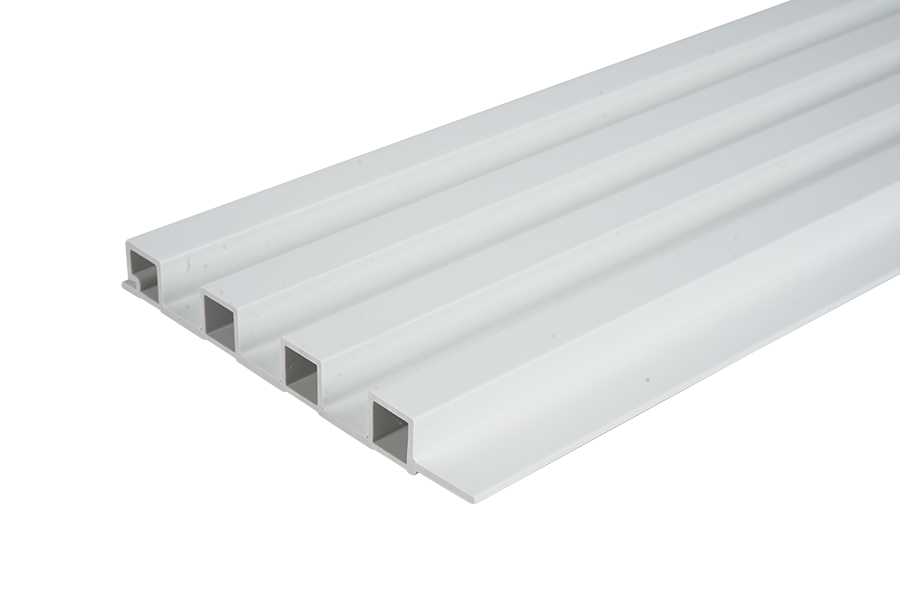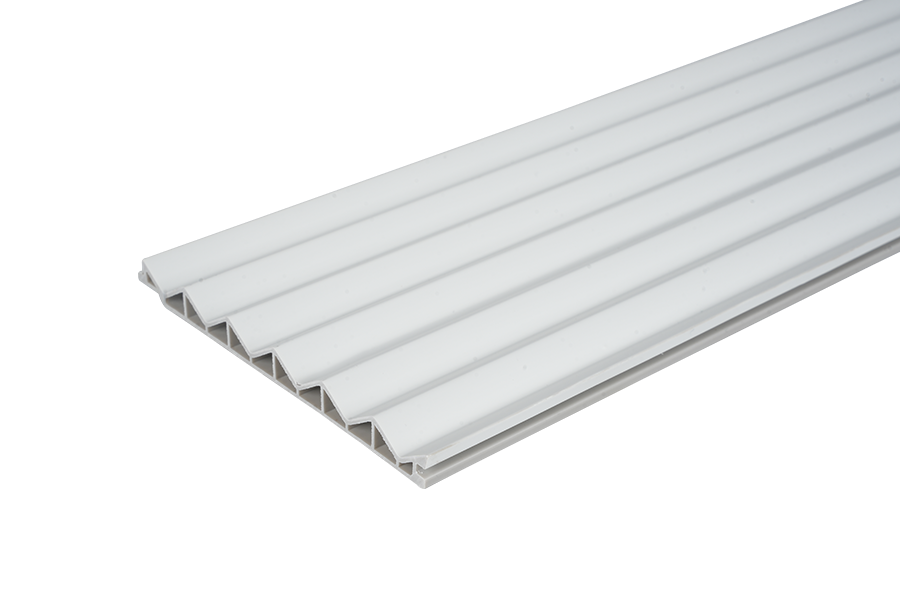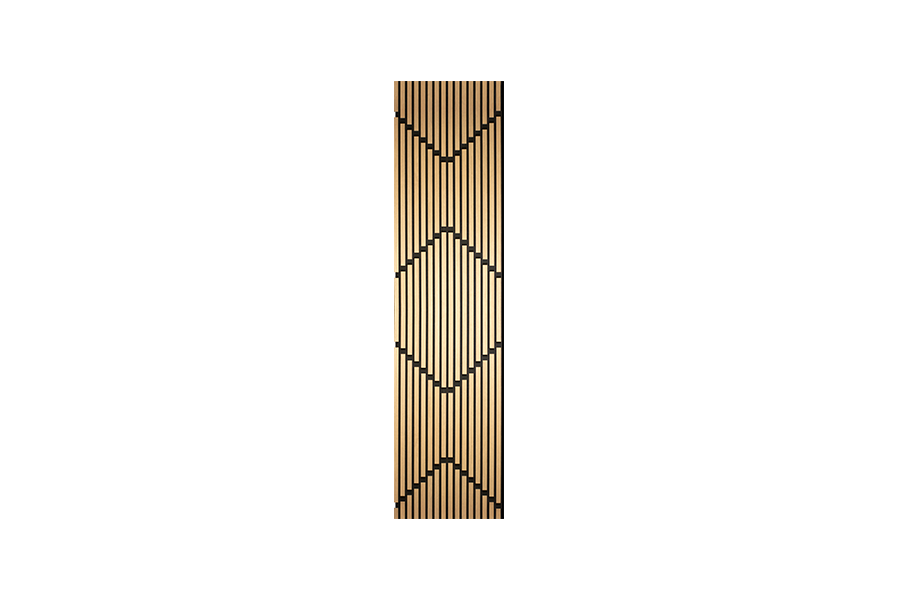While traditional soundproofing solutions often sacrifice aesthetics for function, acoustic hexagon tiles are changing the game. These stylish, geometrically shaped panels not only enhance interior design but also serve as effective acoustic panel absorbers, reducing echoes and improving sound clarity. Whether used as standalone features or combined with larger acoustic dampening wall panels, hexagon tiles offer a good balance of form and function.
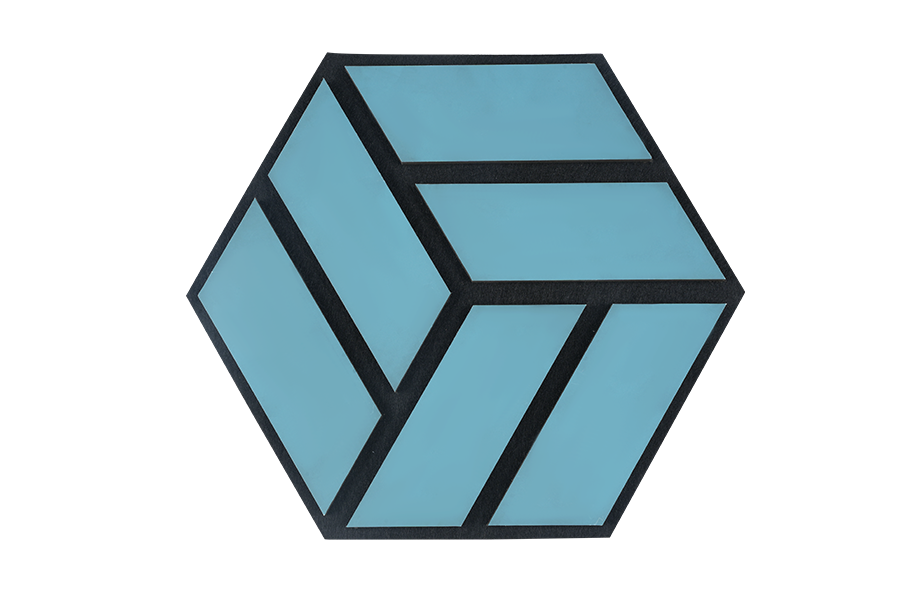
Why Sound Absorption Matters
Excessive noise isn't just annoying—it can impact productivity, relaxation, and even health. Hard surfaces like concrete, glass, and drywall reflect sound waves, creating echoes and a noisy environment. This is where acoustic dampening wall panels come in, absorbing excess sound and creating a more comfortable space. However, many traditional panels are bulky or visually unappealing.
Enter acoustic hexagon tiles. Their unique shape allows for creative arrangements—herringbone patterns, honeycomb clusters, or even artistic murals—while their porous or foam-based construction effectively traps sound. Unlike flat acoustic panel absorbers, hexagon tiles add depth and texture to walls and ceilings, making them a favorite among architects and interior designers.
How Hexagon Tiles Improve Acoustics
The science behind acoustic hexagon tiles is simple yet effective. Made from materials like recycled PET felt, mineral wool, or acoustic foam, these panels disrupt sound waves, preventing them from bouncing around a room. When installed in clusters, they function similarly to larger acoustic dampening wall panels but with more design flexibility.
For example, in a home theater, acoustic panel absorbers might line the walls to block external noise, while acoustic hexagon tiles on the ceiling can diffuse sound for a more immersive experience. In an office, a mix of both can reduce chatter and improve focus without making the space feel sterile.
Design Versatility of Hexagon Acoustic Tiles
One of the biggest advantages of acoustic hexagon tiles is their adaptability. They come in various colors, textures, and even customizable prints, allowing them to blend seamlessly into any decor. Some designers use them as statement pieces—arranging them in gradient color schemes or backlit installations—while others prefer a subtler look, matching the tiles to the wall color for a minimalist effect.
Compared to standard acoustic dampening wall panels, which often come in plain rectangular sheets, hexagon tiles provide more creative freedom. They can be mixed with other shapes, like squares or triangles, to form unique patterns. Some high-end versions even integrate wood veneers or fabric finishes, doubling as both acoustic panel absorbers and decorative art pieces.
Installation and Practical Considerations
Installing acoustic hexagon tiles is surprisingly straightforward. Many come with adhesive backing for easy peel-and-stick application, while others mount on interlocking grids for a seamless look. For larger projects, combining them with acoustic dampening wall panels ensures full coverage in high-noise areas like conference rooms or recording studios.
Maintenance is also simple—most acoustic panel absorbers made from felt or foam can be vacuumed or spot-cleaned. Unlike heavy fabric-wrapped panels, hexagon tiles are lightweight and easy to replace if damaged.
Where to Use Hexagon Acoustic Tiles
These tiles are incredibly versatile, working well in:
- Offices & Coworking Spaces – Reducing echo and speech interference for better concentration.
- Restaurants & Cafes – Lowering noise levels without sacrificing style.
- Home Theaters & Music Rooms – Enhancing sound quality while adding a modern aesthetic.
- Lobbies & Retail Spaces – Creating visually striking feature walls that also improve acoustics.
For improve impact, some designers pair acoustic hexagon tiles with traditional acoustic dampening wall panels in high-traffic zones, ensuring both style and functionality.
The Future of Acoustic Design
As demand for sound management grows, acoustic panel absorbers are evolving beyond basic functionality. Acoustic hexagon tiles represent the next step—products that don't just solve noise problems but elevate interior design. With advancements in eco-friendly materials and customizable designs, these tiles are becoming a staple in modern architecture.
Whether you're renovating a noisy office, upgrading a home studio, or simply want a stylish way to reduce echoes, acoustic hexagon tiles offer the good solution. By combining them with traditional acoustic dampening wall panels, you can create a space that sounds as good as it looks.






 Español
Español عربى
عربى русский
русский
